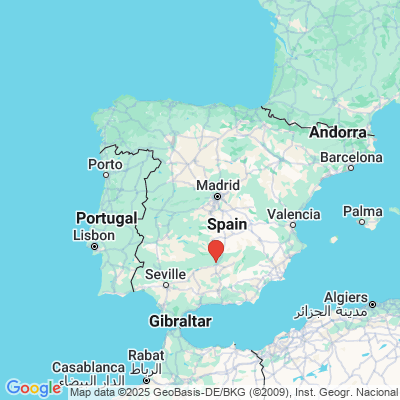Burgalimar Castle (Baños de la Encina, Spain).
Baños de la Encina’s Burgalimar Castle played a pivotal role during the Reconquista, the centuries-long struggle between Christian and Muslim forces for control of the Iberian Peninsula. Constructed in 968 AD under the orders of Caliph Al-Hakam II, the fortress was strategically positioned on a hill overlooking the Guadalquivir River, a crucial route linking Córdoba to the Christian kingdoms of the north. This made it a key defensive stronghold for Al-Andalus, guarding against advancing Christian forces.
By the 12th and 13th centuries, as the Christian kingdoms pushed southward, Burgalimar found itself at the heart of military campaigns. In 1225, the castle briefly fell to the forces of King Ferdinand III of Castile, though it later returned to Muslim control. However, in 1227, the Christians permanently seized the fortress, marking a decisive moment in the reconquest of Jaén. The castle was then reinforced and repurposed as a Christian garrison, serving as a crucial defensive point for Castile’s continued expansion into Andalusia.
With its fourteen imposing towers and sturdy Almohad-era walls, Burgalimar remained a formidable military outpost well into the late Middle Ages. It also played a role in securing the Kingdom of Jaén, which became an important border territory between Castile and the remaining Muslim strongholds, particularly the Emirate of Granada. Over time, the castle lost its military significance and transitioned into a symbol of the town’s rich history, standing today as one of Spain’s best-preserved examples of Moorish military architecture.


